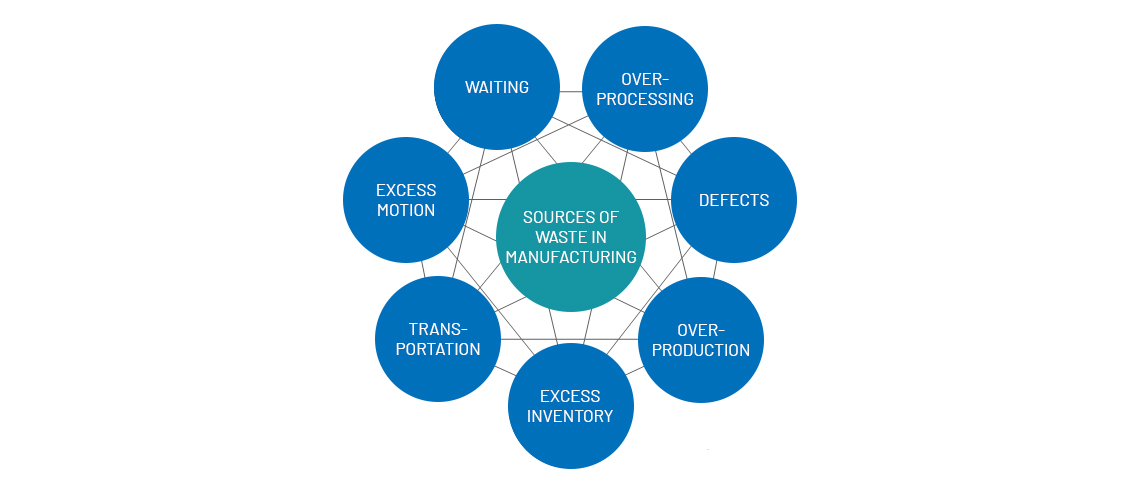
Value-Added And Non-Value Added Process Steps
To provide any product or service, you have to use resources like money, materials, labor, time, and information. The goal is to provide the greatest amount of value to customers while utilizing the least amount of your resources. This idea of adding value to products and services is a key concept of Lean. It is defined as anything for which the customer would be willing to pay. If what you are providing is not something the customer would be willing to pay you for, then you are not providing value to the customer.
Any time you begin analyzing a process, you want to look at each step and determine if it is contributing to the value of the desired output. Each step can be classified into one of three categories:
1. Value-added
2. Non-value added, but necessary
3. Non-value added (waste)
Value-Added Steps
Value added steps in a process are those in which you add something to a product or service for which the customer would be willing to pay. These activities are where you gain the most from expending your resources when providing a product or service. Take the Sun Card, for example. There are several steps in the process for applying for and receiving a Sun Card, but the customer is only willing to pay for the physical card with their name, ID number, and photo on it. In this case, only those steps in the process that contribute to the actual creation of the card would be considered value added steps.
Non-Value Added But Necessary Steps
Just because a process step is not value-added does not mean it is a bad thing. Processes all include steps that do not add value, but are necessary to make the product or service happen. It has been my experience that the majority of activities in service processes fall into this category. They do use resources, so you want to reduce the amount of non-value added work whenever possible. Often, this type of activity fulfills some sort of administrative purpose such as enabling value added steps, maintaining organizational records, or meeting legal or regulatory requirements.
Looking at the Sun Card example, when a person wants a Sun Card they must fill out an application. As far as the customer is concerned, this is a non-value added step because it does not directly result in the creation of the physical card itself and they would not be willing to pay to fill out a form. This step is necessary because it enables the Sun Card staff to start the process, verify that the customer is eligible to receive a Sun Card, and locate their information in ASU’s database. Without this step, the creation of the physical card would not be able to happen.
Non-Value Added Steps (Waste)
The third category that process steps can fall into is pure waste. In these steps resources are expended, delays occur, and no value is added to the product or service. Customers are absolutely not willing to pay for these activities. These steps should be eliminated from the process. The Sun Card process does not contain any pure waste steps.
Lean identifies seven or eight types of waste, depending on whom you talk to. I am one of those who identify eight types of waste. These are:
1. Unnecessary processing or steps in a process
2. Transporting materials or information over long distances
3. Delays / waiting
4. Idle inventory / resources
5. Unnecessary or excessive motion/movement of staff
6. Rework/ fixing defects that should not have occurred in the first place
7. Producing more than needed to meet demand
8. Underutilization of staff, their knowledge and/or skills
The underutilization of staff is the type of waste that does not appear on every list.
As you look at the services you provide and effort that goes into them, take a closer look at what each task is contributing to the result the customer experiences. Focus on the work that provides value to your customers, minimize non-value added but necessary steps, and do everything you can to eliminate wasteful activities